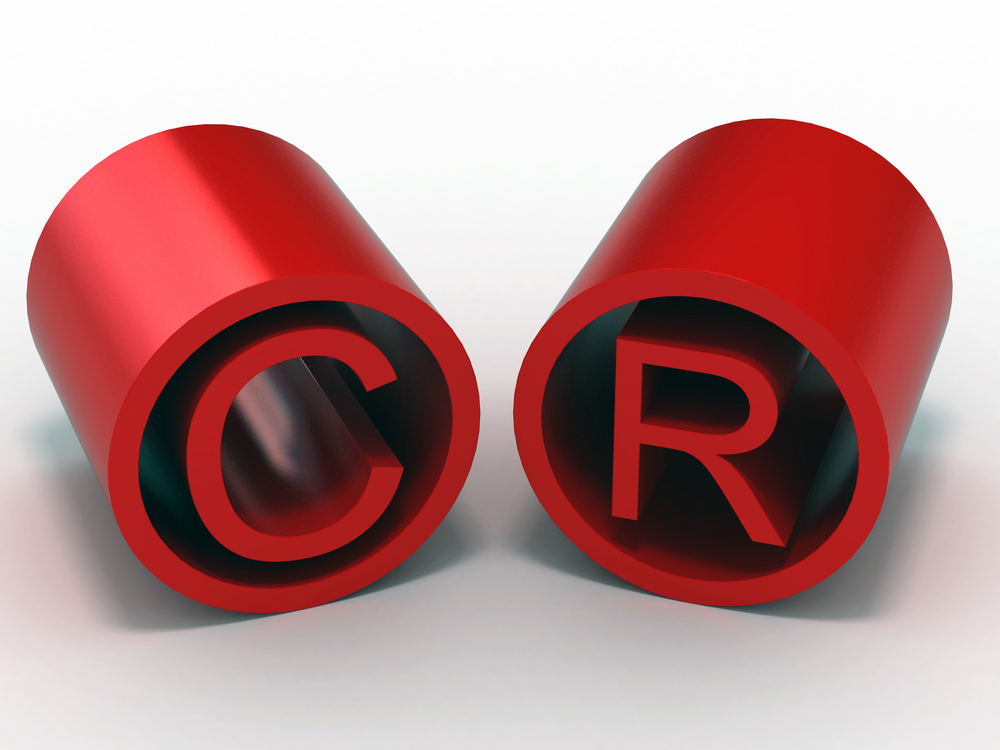A few months ago, an entrepreneur came to me looking for help in protecting a brilliant idea for a piece of furniture. It was new, innovative and I could see exactly why he was so excited about it. However, he’d a published patent application that claimed only his prototype in exhaustive detail. This allowed competitors to steal his idea by slightly modifying his prototype, which rendered his patent worthless.
The problem was that while he understood the need for intellectual property protection, he misjudged the scope of protection he needed. Many misunderstandings about IP can be avoided with a little information. Here, we look at five tips to help entrepreneurs.
What IP protection is available?
Before seeking protection, you need to understand the different kinds of IP available. IP protection is territorial and different types are available in different countries. These are the types most UK entrepreneurs need to be aware of:
- Patents. These are very powerful if used correctly because they can block others from copying your idea for up to 20 years, provided that your idea’s application provides a unique product or service with advantages over its competition. Patents are particularly useful if your idea is easy and cheap to copy. For example, you might have a brilliant idea for a new gadget that requires time and money to develop, but once on the shelves can be easily copied or modified by a competitor. Used correctly, a patent will stop others from stealing your idea by simple modification.
- Registered designs. These protect the aesthetic impression produced by an object on a user for up to 25 years, but only its appearance, not the idea itself. However, as many products are unpatentable, designs provide a quick and cheap alternative. For example, a dragon-shaped suitcase is not patentable because it works like a normal suitcase, but its looks are worthy of design protection. That said, a different-looking dragon suitcase will not infringe the design.
- Registered trade marks. These can protect almost anything that determines the origin of goods or services, such as words, logos, symbols, slogans, smells, sounds etc. Trade mark registration is often sought to obtain legal certainty and provides a basis for franchising and licensing a “brand”.
- Unregistered rights. These are rights that you don’t have to apply for in the UK, which include unregistered designs, trademarks and copyright. Copyright applies to IP that can’t be safeguarded by other means, like art, computer programs and books. Unregistered rights are much more expensive to enforce than registered rights.
Where to file for IP protection
A key point to remember: all IP rights are territorial. Few seek worldwide protection for their products due to prohibitive costs. What most do is protect their products in the countries they hope to market in, as well as the countries where they will manufacture/practice in. Depending on the protection desired, different options exist. For example, protecting a product with a trade mark is simple in Europe because you can apply for a pan-European trade mark. However, patent protection is more complicated because you will eventually need to maintain patents in each European country of interest.
The costs
You need to budget for the costs associated with applying for the protection in the first instance (application fees, search fees, drafting fees, etc) as well as ongoing prosecution costs and annuity fees. Many entrepreneurs plan for the former, but not the latter. One biotech company I worked with paid eye-watering legal fees because they insisted on maintaining patents that had no value to the business. They also maintained patents in countries where they had no intention of operating, so spent money on something they never intended using. If money is an issue, be ruthless with the IP you keep.
The importance of a working prototype
Creating a prototype can be essential to securing investment. Some of my clients developing products often go to their prospective client with drawings, only to be asked for a working model/pilot plant. A proof of concept prototype can help to secure business and IP protection if it demonstrates the product’s advantages. A word of warning from our design partners, though: don’t spend too much time and money getting your design to work perfectly in prototype. If you get hung up on making a prototype that exactly replicates the final production design, you’ll probably find that when it comes to production you have a new set of issues to overcome because production materials behave differently to prototype ones.
How to best use IP protection
Finally, don’t limit how you use your IP. Nowadays, it’s common to use patents, trade marks and other forms of IP protection as tradable assets. If you are not able to produce your invention on the scale necessary to take it to market, consider licensing your rights to someone who can. You still profit from your invention, but others commercialise it. You will need to be prepared to defend your rights if they are infringed.
Although it might seem from the headlines that there is a lot of litigation at the moment, most parties come to an agreement well before it reaches court. However, do your homework if it does come to launching proceedings. One business owner I know was convinced a competitor infringed his patent. Although he’d been advised to get hold of the supposedly infringing product before contacting his competitor, he insisted on sending them a ‘cease and desist’ letter. Two weeks later he received a response. In it, his competitor explained that they did not infringe his patents and that his product actually infringed their IP, so they intended to launch infringement proceedings against him!





